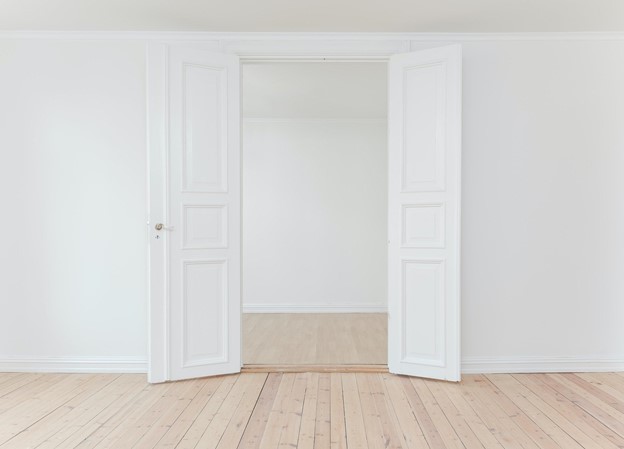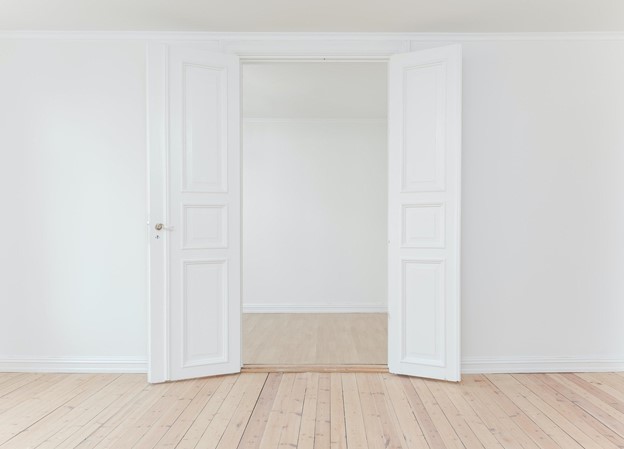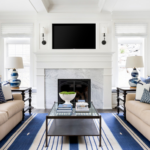Minimalism, especially regarding home decor and design, has taken off over the past few years, and for good reason.
Some suggest minimalism offers a host of benefits to those who observe this practice. But with new, popular trends in design, the most important question to ask is, does minimalism actually impact our mental health and overall well-being? To answer this question, let’s dive deeper into how minimalism can benefit you and how you can take advantage of this simple life lesson.
Minimalism: Does It Really Work?
The practice of minimalism can be elusive, but getting started on your own personal minimalism journey in your home can be quite easy. Here are a few minimalist projects you can get started on.
- Design Your Space the Way You Like It: Many people are concerned with whether or not others will like their home (which is something that is important when you’re looking to sell your home but not when you’re trying to settle in and become more relaxed in your space). However, when it comes down to it, your home is YOUR space. Take some time to figure out what you want, whether this means engaging in simple changes like redoing your wallpaper or major projects like renovating entire rooms of the house. In the end, your space should be functional and provide you with that “at home” feeling.
- Practice Minimalism Both Outside and in: Minimalism is something that can be practiced both outside and in. While you’re focusing on your interior, don’t forget to extend those same practices to the exterior of your home, such as finding ways to simplify your landscaping so it is low-maintenance and designed to your liking.
- Get the Most Out of Your Space (Without Going Overboard): Each room in the house generally serves a specific function. Your kitchen is where you prepare your food, your bathroom is where you get ready for the day, and your bedroom is where you sleep and unwind. As such, it’s important that you make the most out of your space. Ask yourself, what do I need in this room to use it effectively? Make sure you make each room cozy and inviting but still have each item and design in the room serve a purpose.
- Stay Organized: Minimalism is about loving what you own, investing in high-quality things that you need. Aim for fewer, more meaningful things rather than craving more and filling your home with unnecessary items. Developing systems that help you from diving back into the clutter that prevented you from feeling relaxed in your home in the first place. As you’re designing your ideal space, come up with organizational methods that help you keep everything in its place both now and in the future.
At the end of your minimalism journey, you should be able to look around your home and feel content with what you’ve created. These tips above will help you make it easier to transition into such a mindset conducive for relaxation and peace.
If you find yourself stressed at home, incorporating minimalism into your home’s design as well as your lifestyle can go a long way in helping you become more relaxed as a whole. If minimalism has caught your attention but you felt unsure about its true impact or didn’t know how to get started in your own journey, use the guide above to learn more about why minimalism works and how you can begin injecting it into your life with ease.










Trackbacks/Pingbacks